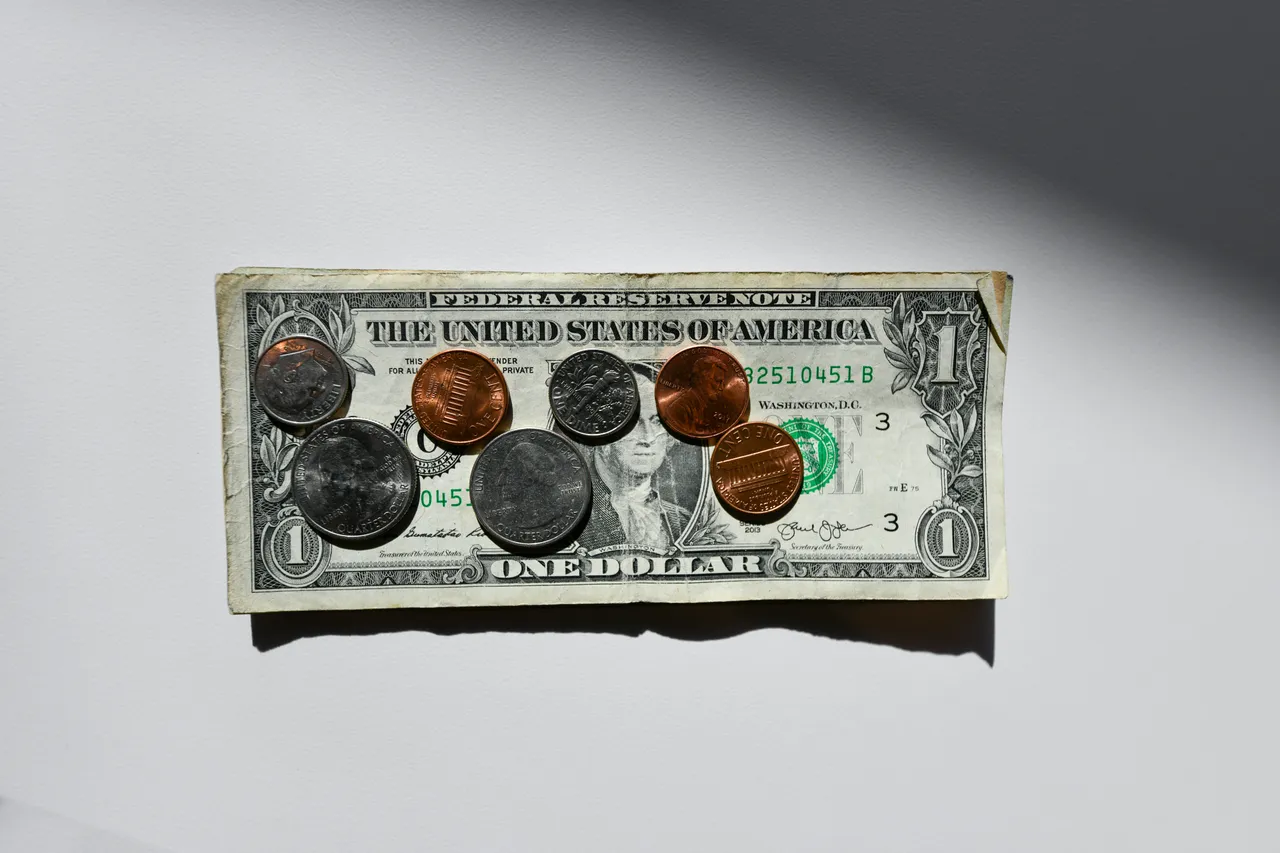Understanding Your Options: Secured vs. Unsecured Loans Explained

Choosing the right loan can be a daunting task, especially during financial emergencies. Understanding the difference between secured and unsecured loans is crucial in making an informed decision. This article explores these options to help you navigate your financial choices wisely.
Secured Loans Explained
Secured loans are loans backed by collateral. This means that the borrower pledges an asset, such as a car or house, which the lender can seize if the loan is not repaid. The primary advantage of secured loans is the lower interest rate, as the collateral reduces the risk for the lender. However, the risk for the borrower increases, as failing to repay the loan could result in the loss of the asset.
Secured loans are often used for larger amounts of money, such as mortgages or auto loans. They may also have longer repayment periods, which can make monthly payments more manageable but could result in more interest paid over the life of the loan.
Unsecured Loans Explained
Unsecured loans, on the other hand, do not require any collateral. This means that if you fail to repay the loan, the lender cannot automatically take your property. However, this increased risk for the lender often results in higher interest rates for the borrower. Common types of unsecured loans include personal loans, credit cards, and student loans.
Because there is no collateral, lenders typically base approval on your credit score and income. This can make it harder to qualify for an unsecured loan, especially for those with poor credit. On the bright side, the application process for unsecured loans is usually quicker, with funds being disbursed more rapidly than secured loans.
Choosing Between Secured and Unsecured Loans
When deciding between a secured and an unsecured loan, consider your ability to repay the loan, your credit score, and how quickly you need the funds. Secured loans might be a better option if you need a larger amount and can afford to put up collateral. They also tend to have lower interest rates, which can save you money over time.
However, if you need money quickly and do not have collateral, an unsecured loan might be the way to go. Just be prepared for potentially higher interest rates and ensure that the monthly payments are manageable within your budget.
Conclusion
Both secured and unsecured loans have their advantages and disadvantages. Your choice will depend on your financial situation, needs, and ability to repay the loan. It's important to carefully consider your options and possibly consult with a financial advisor to make the best decision for your circumstances.
By understanding the differences between these types of loans, you can better navigate your financial options and choose the one that best suits your needs during financial emergencies.
This article was developed using available sources and analyses through an automated process. We strive to provide accurate information, but it might contain mistakes. If you have any feedback, we'll gladly take it into account! Learn more